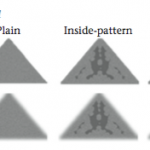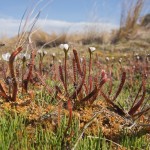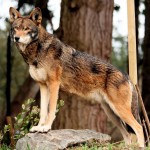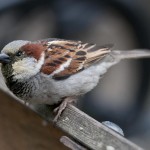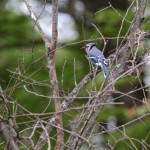This gallery contains 6 photos.
Information acquired by animals from the environment, or from other individuals, reduces uncertainty about the environment, other individuals, or a future event, which allows the animal to act with confidence. Predators who use vision as a main tool of hunting … Continue reading

